- Published on
Welcoming Miniature Galloways: A Much Anticipated Addition!
- Authors

- Name
- Matt Buttress
Not long after we moved in to our beautiful home in West Gippsland were we planning how best to utilise the 14 acres. At that time, all the fencing was barbed wire, and suited for keeping cattle, but not much else. We wanted to plan ahead to ensure that we made the right choices when it came to appropriate fencing, starting with a single paddock for the goats. We earmarked each of the other paddocks to potentially hold goats, cattle, and maybe one day horses.
Things have changes since then of course, with the surprise addition of lambs, but much of the exclusively cattle appropriate fencing remains in place. In hindsight of the lambs, it seemed only logical to expand our hobby farm with livestock for which we didn't need to replace the fences. Over the months we have put a lot of thought into what breed of cattle would best fit a small sloped plot of land in West Gippsland.
The choice of cattle breed
When we started considering cattle, I was rather limited in my knowledge of breeds. I knew of a few by name, and I knew some were good for milk, and others for meat. I have always loved the look of Highland cows, and our shared Scottish ancestry felt like an appropriate link as well. It turns out, a lot of people a drawn to Highlands, so they are rather costly beasts. Extending our search for other short-statured, calm temperamented breeds, Anita and I were both enamoured by the Miniature Galloway. Also a Scottish breed, known for their gentle temperament, non-selective grazing and high fertility, Miniature Galloways seemed like a fantastic fit for our hobby farm. As it turns out though, the challenge once you've made a decision, is whether you can actually find one, or in our case, two.
Finding our animals
Gumtree turned out to be one of our best options for finding cattle in our area. Facebook Marketplace doesn't allow the sale of animals, but there are groups that allow you to connect with people that have cattle for sale, so that was another option. It was easy to find cattle nearby, but well suited for a small sloped property, and with a gentle temperament, the search was more challenging. Add in the high prevalence of scammers, and the options become much slimmer. Eventually, we reached out on Gumtree regarding two Miniature Galloway heifers, 8 and 10 months old, about 4 hours drive away. We did our best to ask a lot of questions, not only to ensure we knew what we were signing up for, but also to try to weed out any scammers. Apparently like many in the area, the owner was downsizing his herd due to the harsh drought conditions and high feed prices. To be honest, it didn't seem to bode well for our own hobby farm, but Gippsland does tend to observe a slightly higher rainfall, so that was at least a minor reassurance.
Picking up the cows
We set out in the ute for the eight hour round trip, which would be both Anita and my first experience towing. We were a little nervous about it, especially for the return journey, when we would also have two animals in the trailer. When we picked up the trailer, they hooked it up to the ute, explained how the electric brakes worked, and after a few minutes we were back on the road, now with a significantly heavier load.
We were understandably nervous about meeting a stranger who, for all we knew, could still turn out to be a scammer. The four hour drive was uneventful, until we arrived at our destination and made an alarming discovery. The trailer's power cable had become disconnected somewhere along the way, dragging on the road for most of the journey and suffering significant damage. This mishap meant we had been driving the entire time without indicators, brake lights, or electric brakes. Faced with the damaged cable, we had to choose between restoring the right indicator on the trailer or the electric brakes. Having managed the trip so far without the brakes, we decided to prioritise the working indicator for the return journey, reasoning that visibility was the safer option.
The farm spanned 40 acres and was home to both cattle and goats. Thankfully, after driving four hours and paying to hire a trailer, it turned out not to be a scam. The couple were lovely, and generous with their time, showing us around the property and to see the parents of our new fur babies.
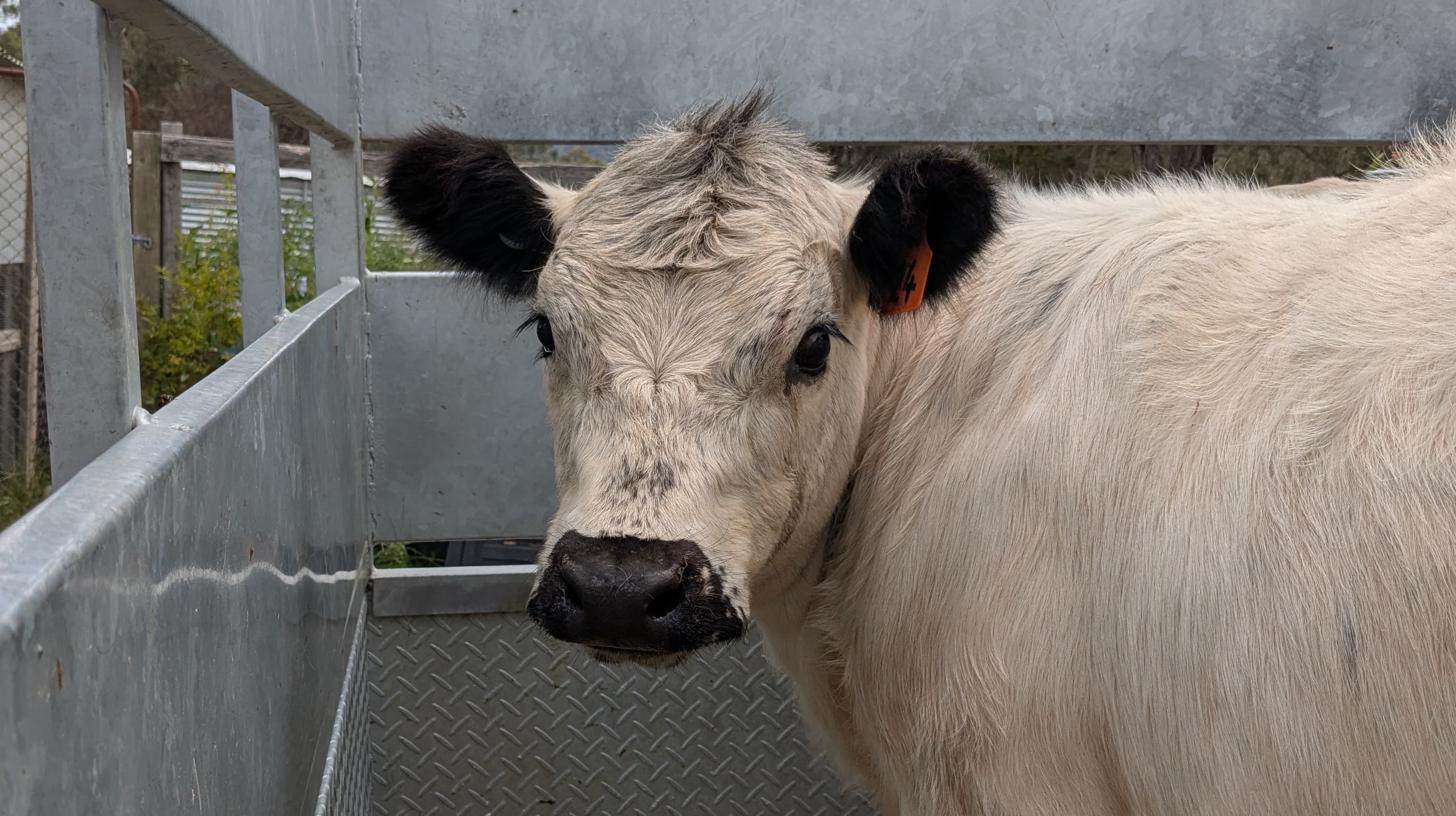
Eventually we managed to load the two cows onto the trailer, tape the trailer power cable to ensure it doesn't fall out again, and started our return journey about 400 kilograms heavier than we began.
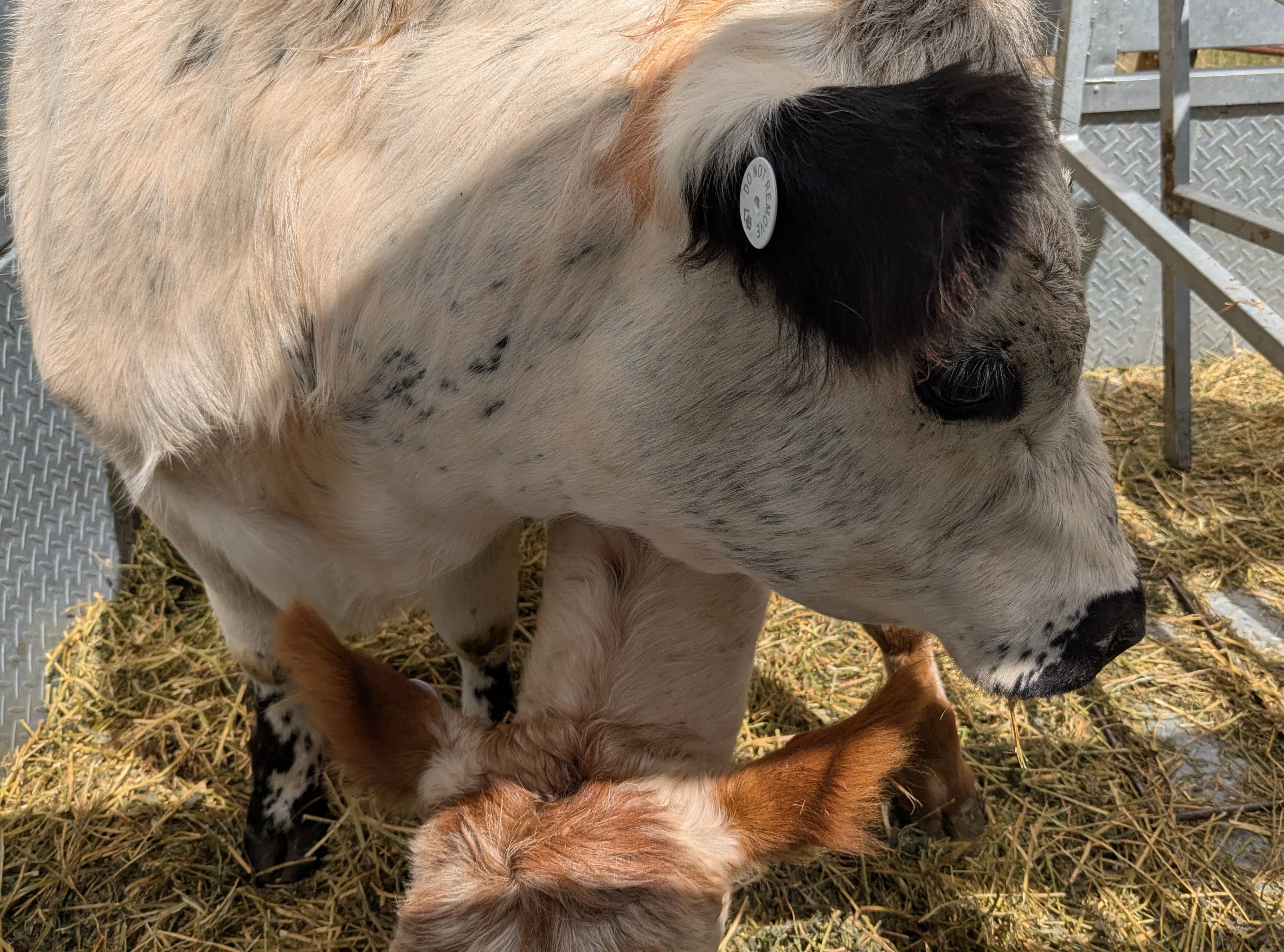
Setting up a holding yard
We had planned for cattle to go straight into an empty paddock, which I recently checked over to make sure it was secure. That paddock is next to the driveway, and contains a disused sheep yard that is mostly in tact apart from a couple of places the fence had come down. After talking to the farmer, we decided it would be better to keep them in a smaller holding yard to give them time to get used to us before letting them into a large paddock. This meant, once we got home, we would need to cattle proof the old sheep holding yard. And we got home at about 8:30pm, just as it was getting dark.
Our two new cows patiently waited for us to repair the fences and install their water trough, still in the trailer, they were surprisingly quite relaxed. It was after 10pm when we were finally ready to unload the cattle, with our fingers crossed the fences would hold them. We knew, if they wanted to, they could probably get out. But even if they did, they would just end up in the paddock we eventually intended them anyway. So we opened up the gate to the trailer and attempted to encourage them down the ramp.
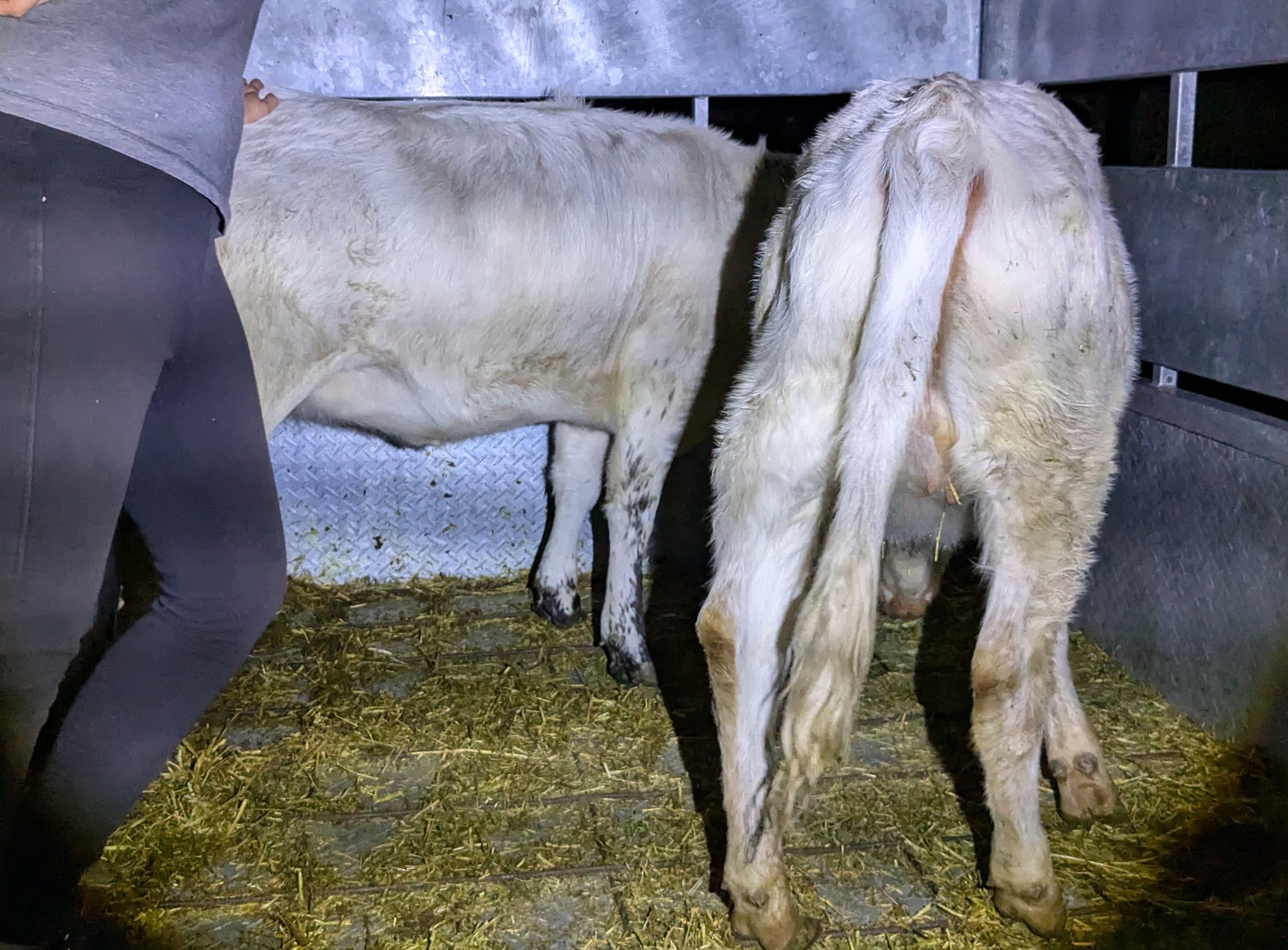
"We're good," they said (probably). But with a little more convincing we got them safely into the holding yard. The grass was quite healthy in the yard, but we gave them some hay as well to make sure they had enough. Plus, it helps build a connection if they associate food with us. We kept them in the holding yard for a few days, feeding them and building trust so they feel comfortable with us.
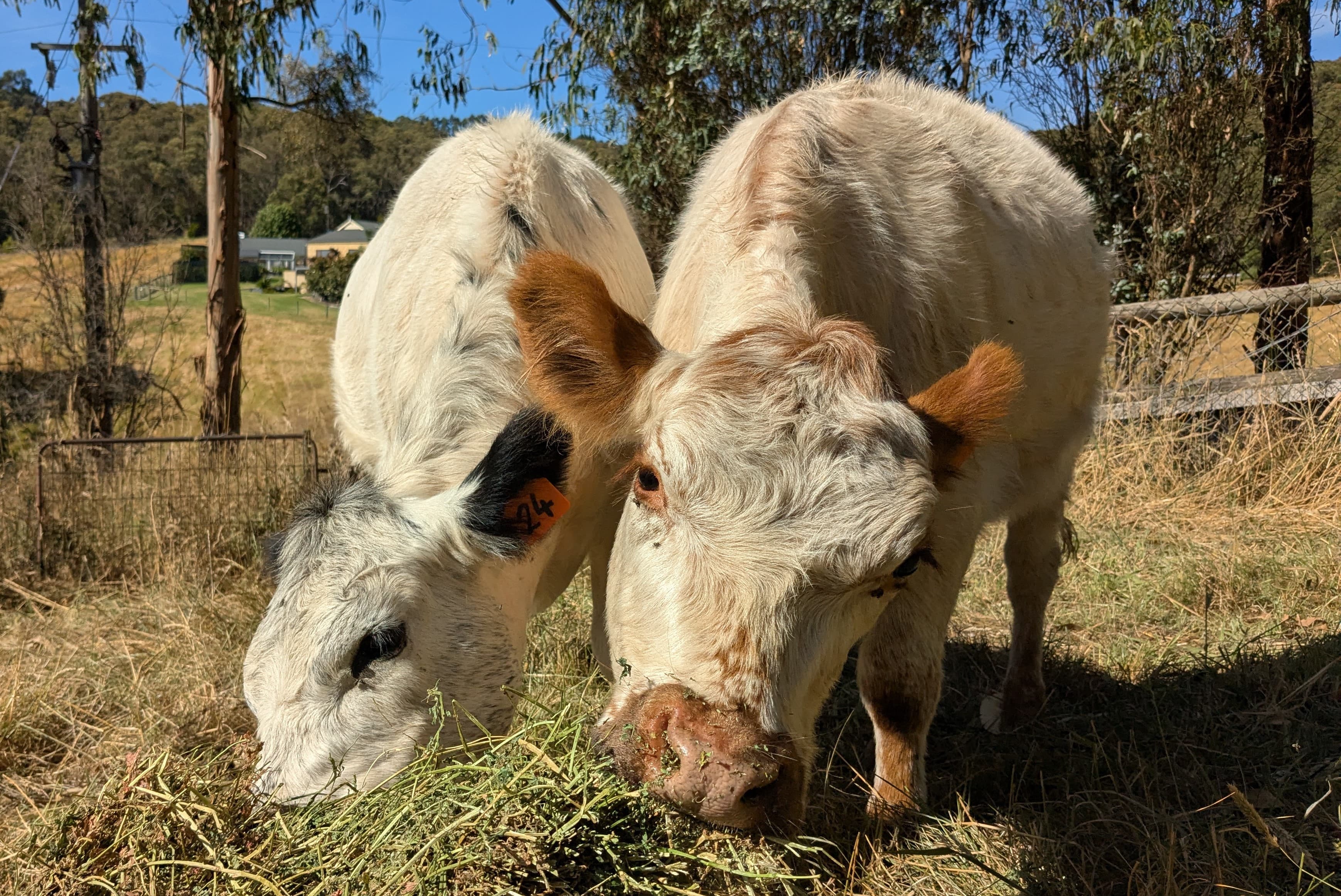
On day three, we opened the gate to the paddock, giving them much more space to roam. After some consideration, we decided on their names: Oreo, for the black-tipped one with a calm and tolerant demeanour, and Toffee, for the red-tipped one who was a bit more reserved.
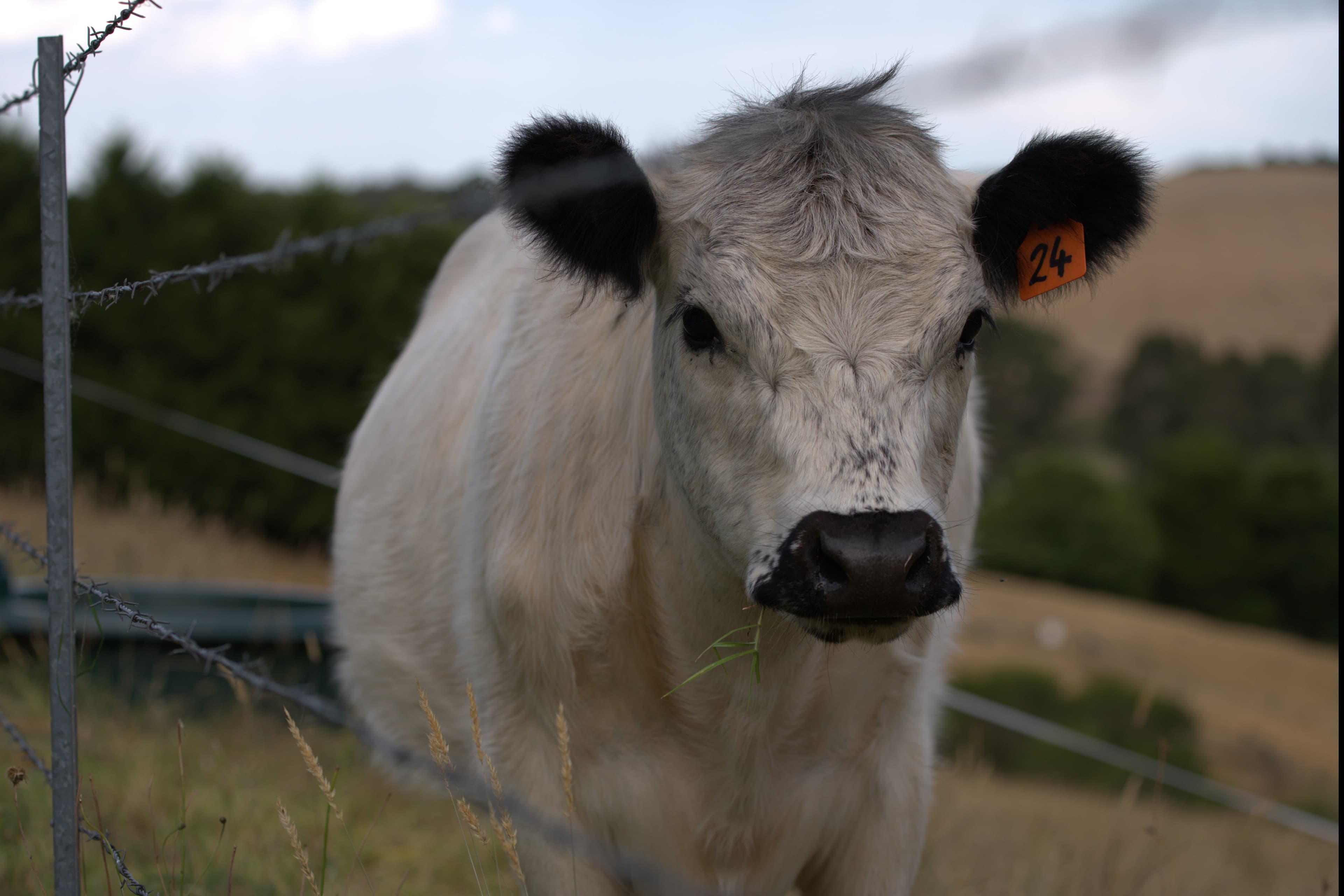
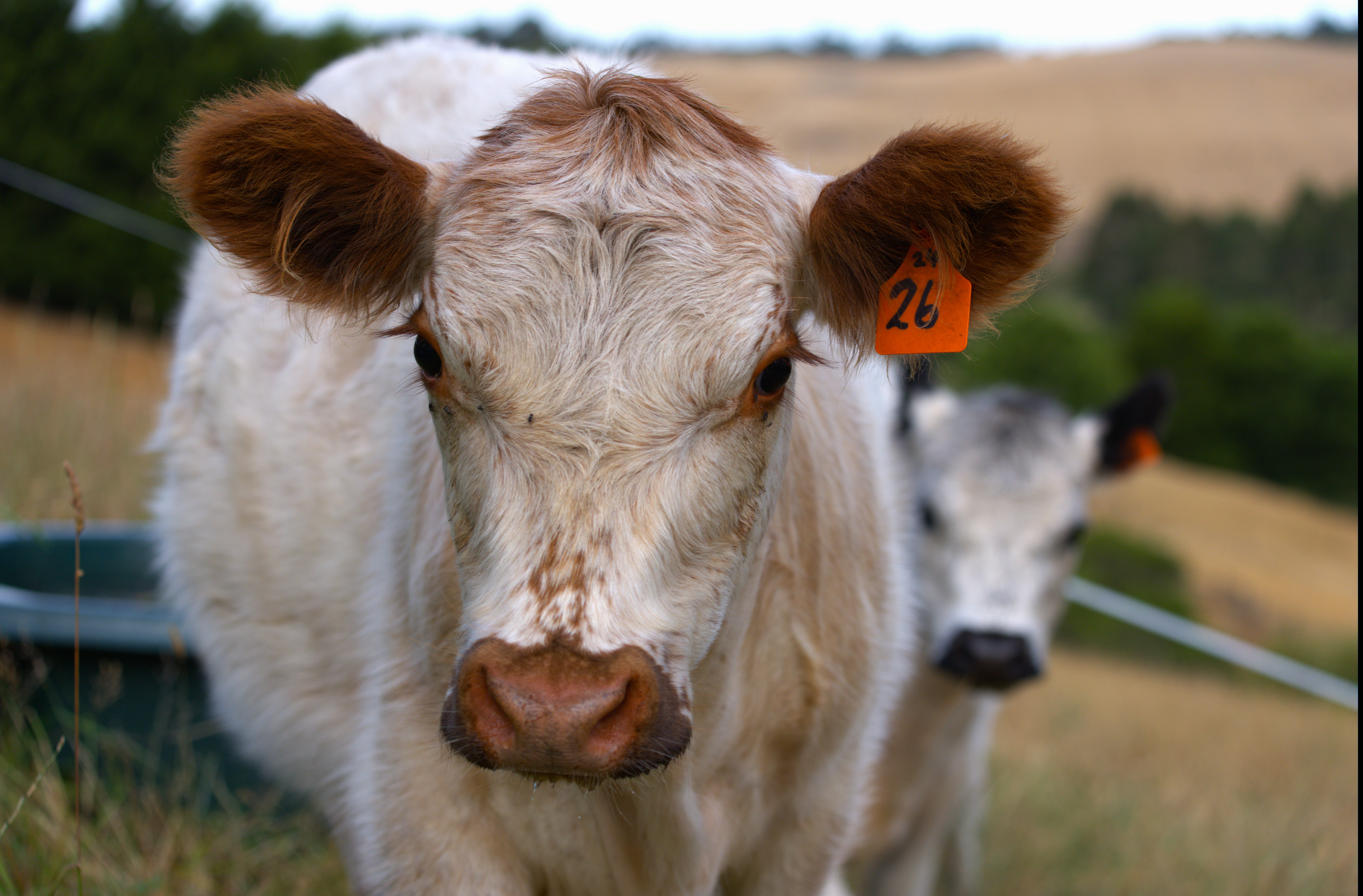
They are beautiful animals and we are excited to see how they change as they get older and more comfortable in their new home.